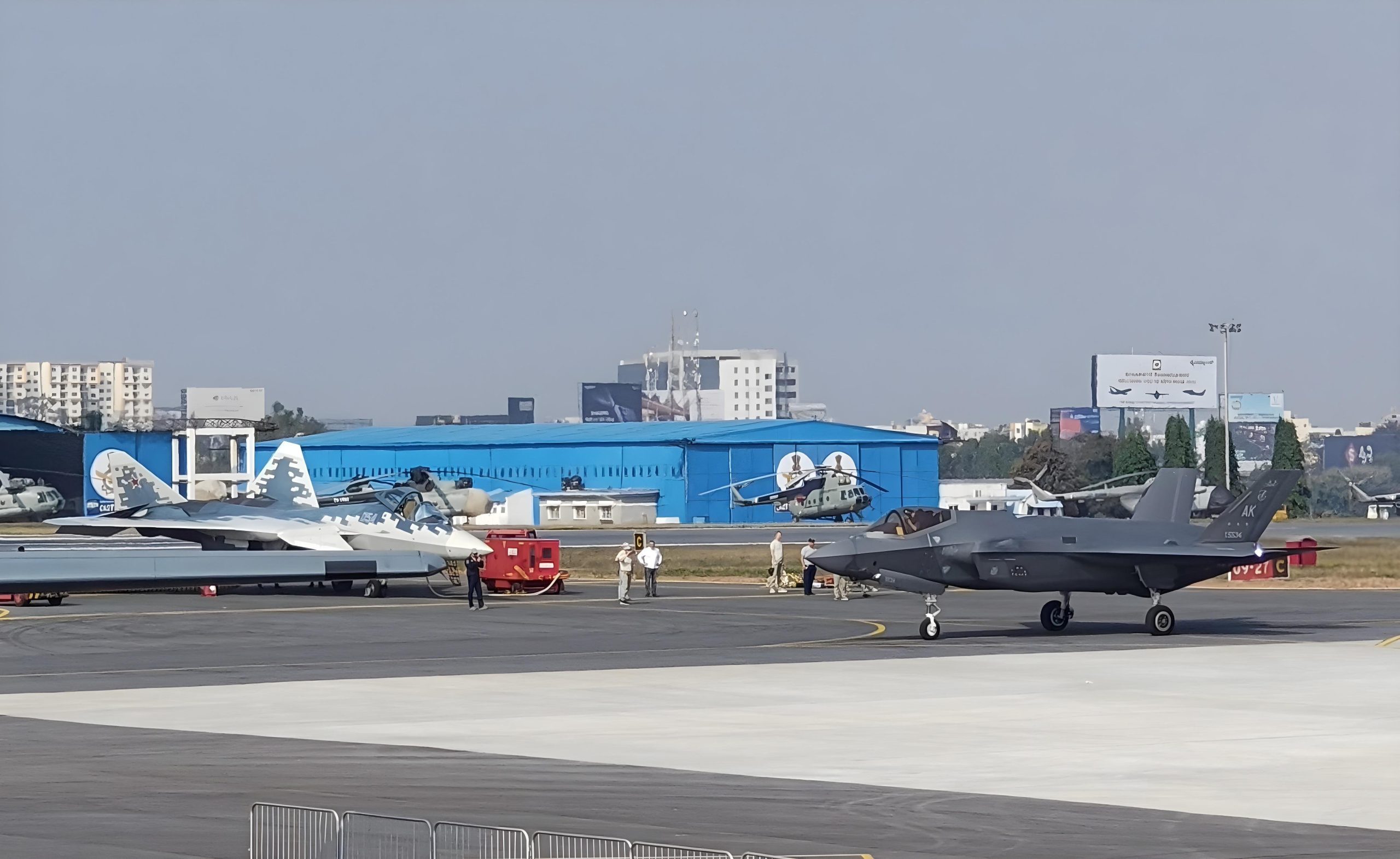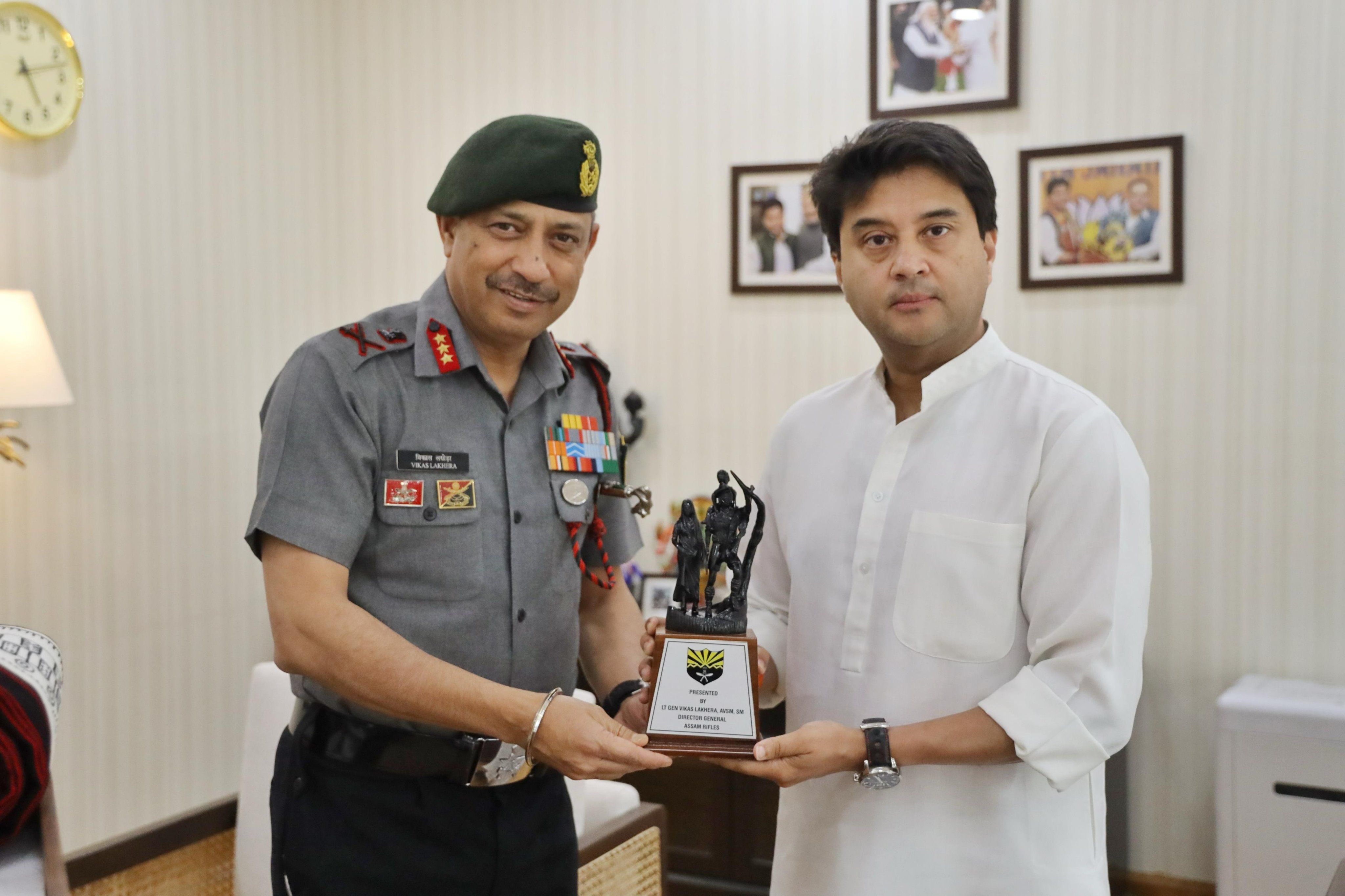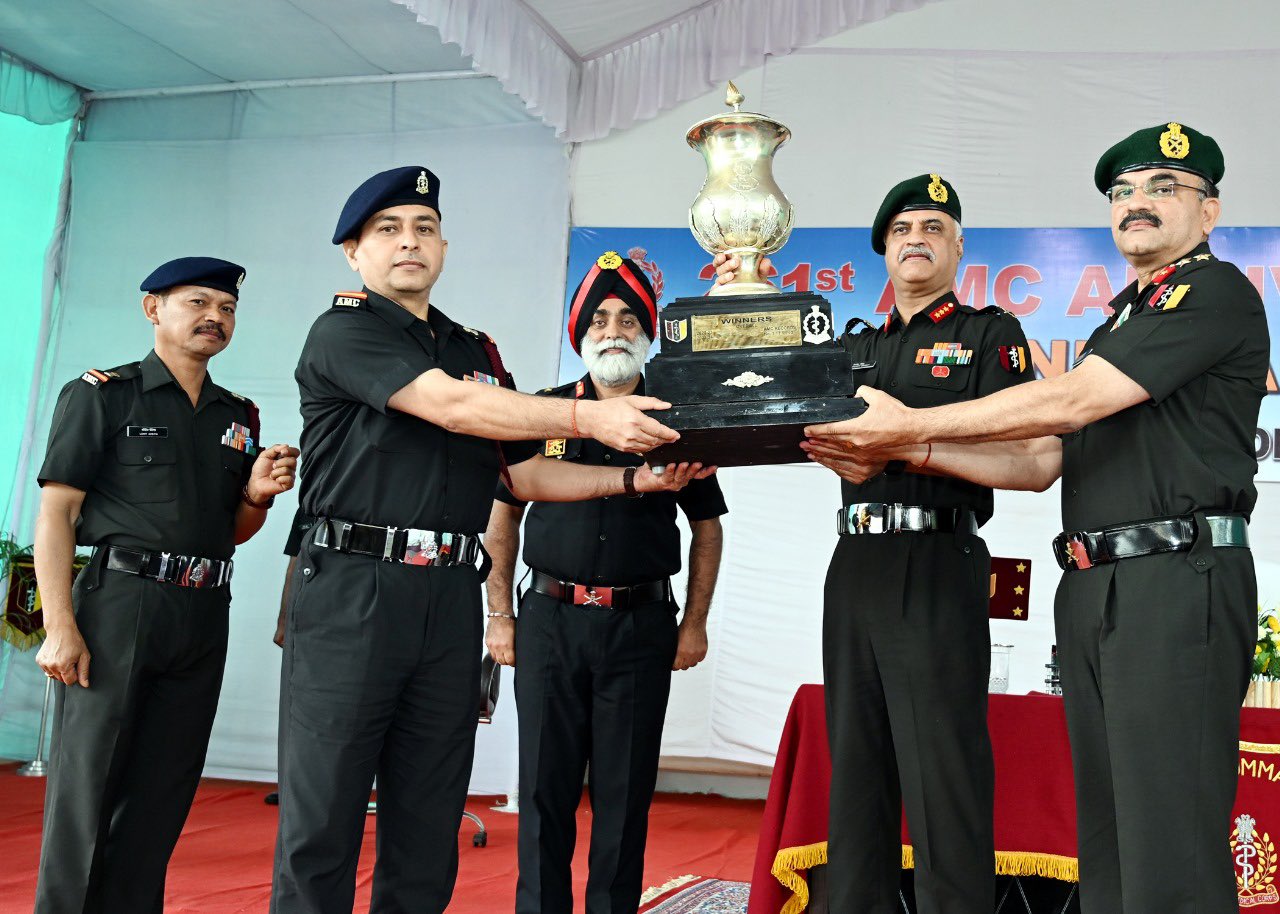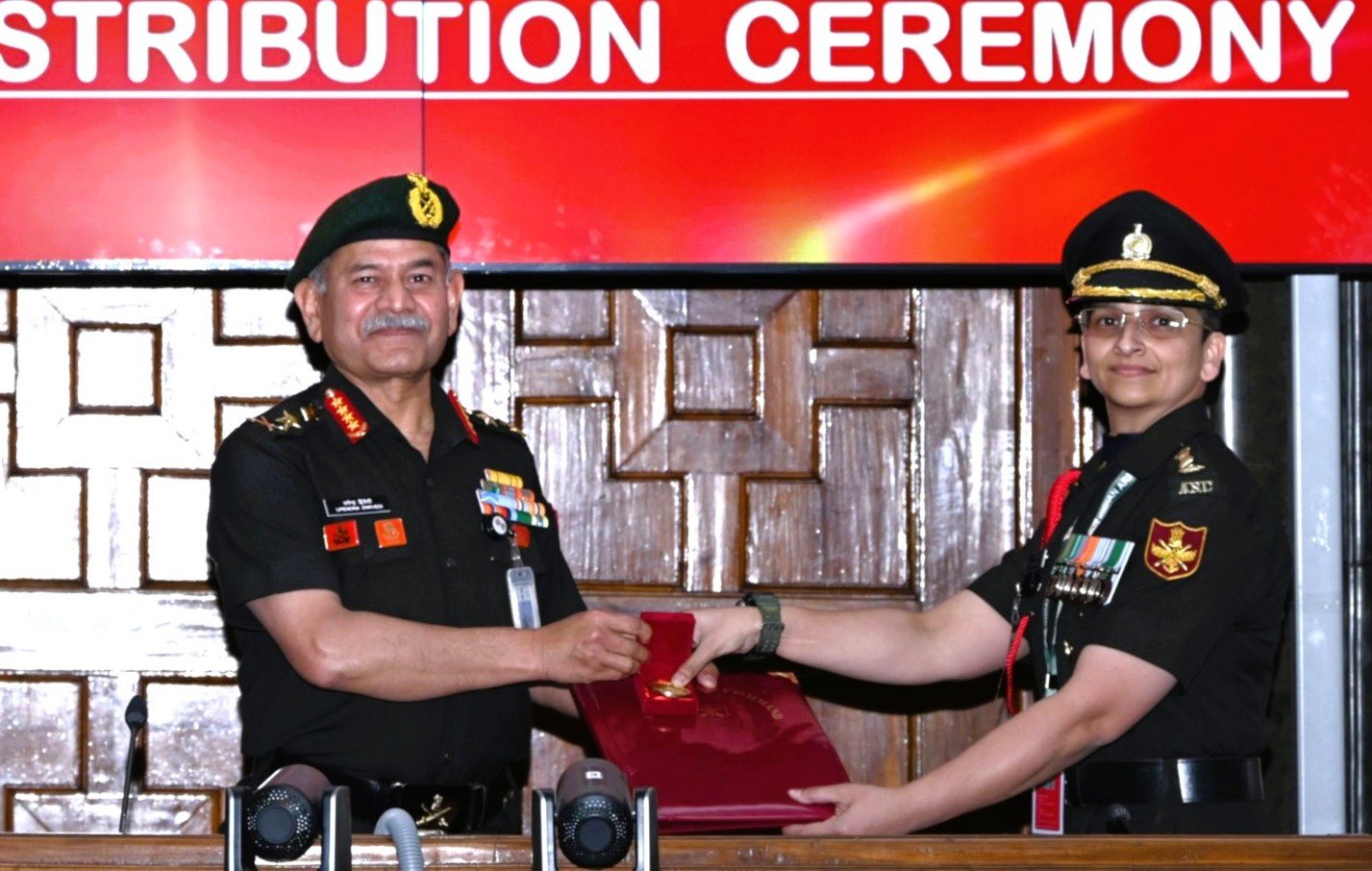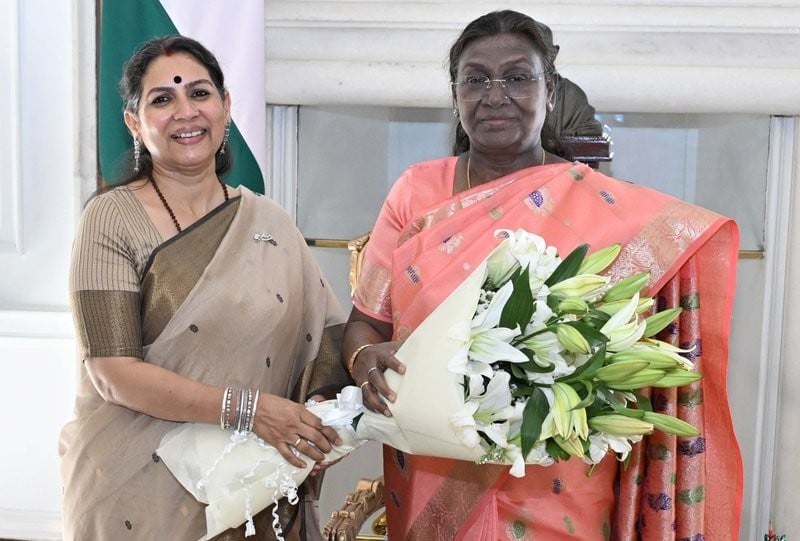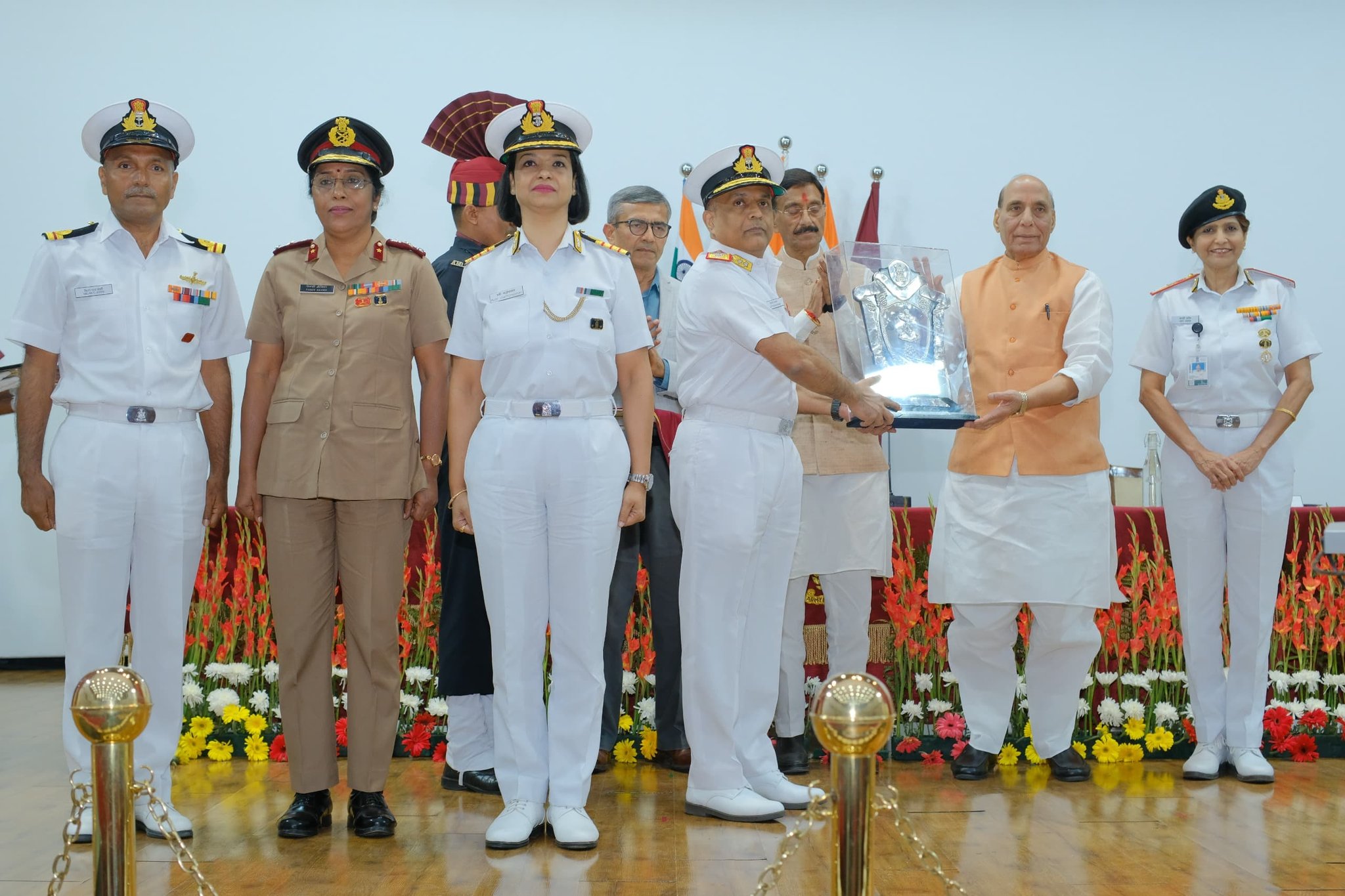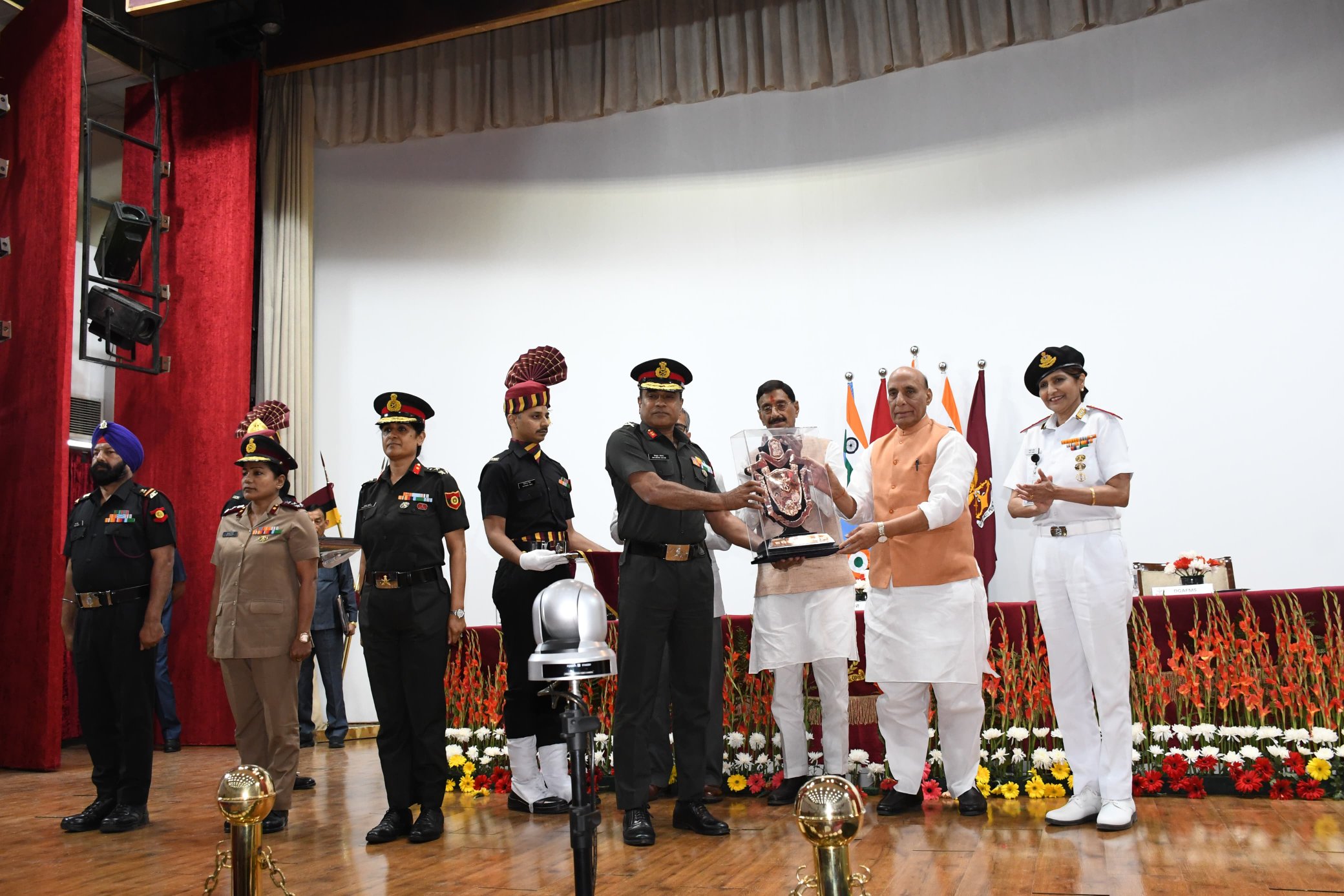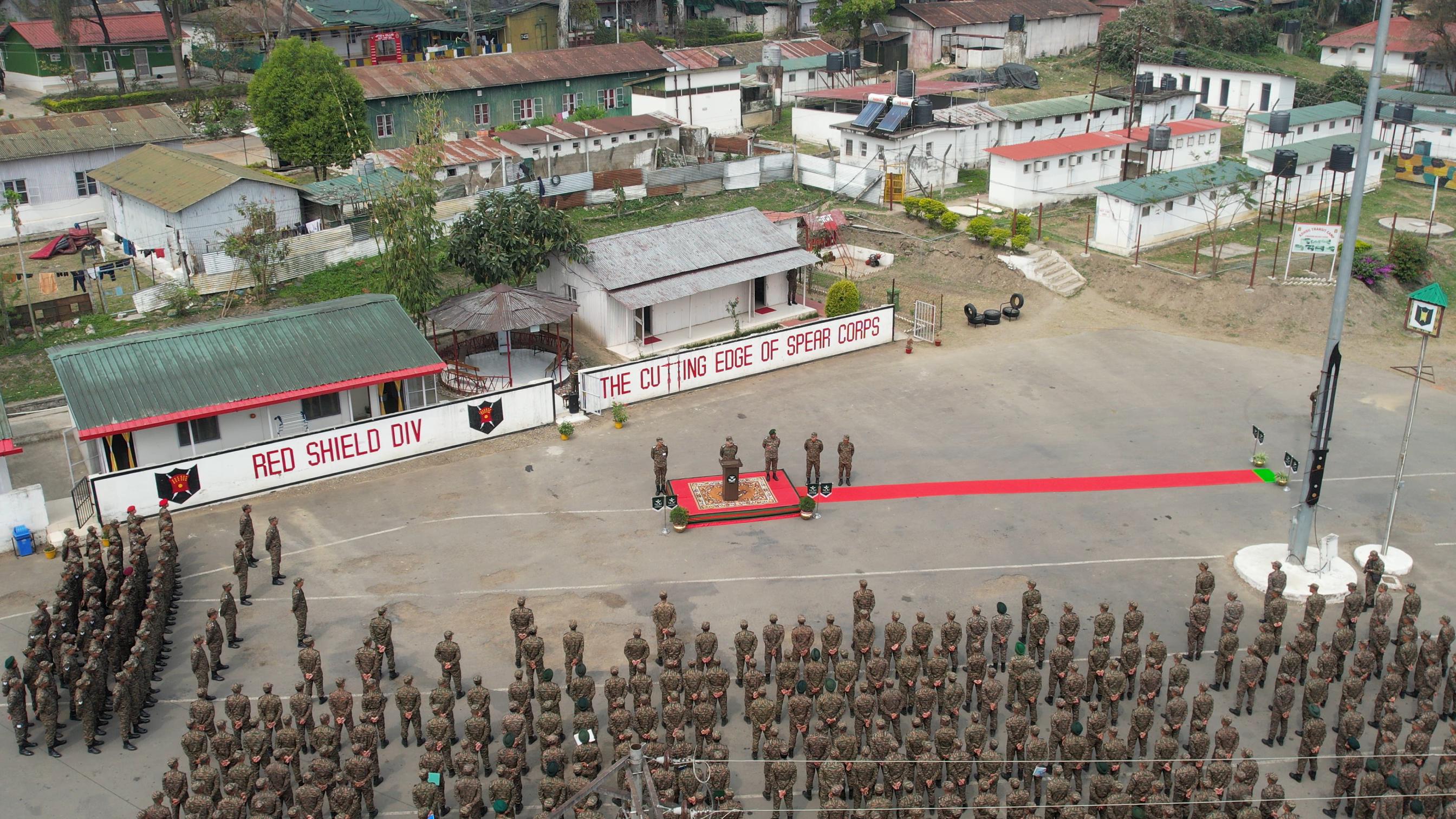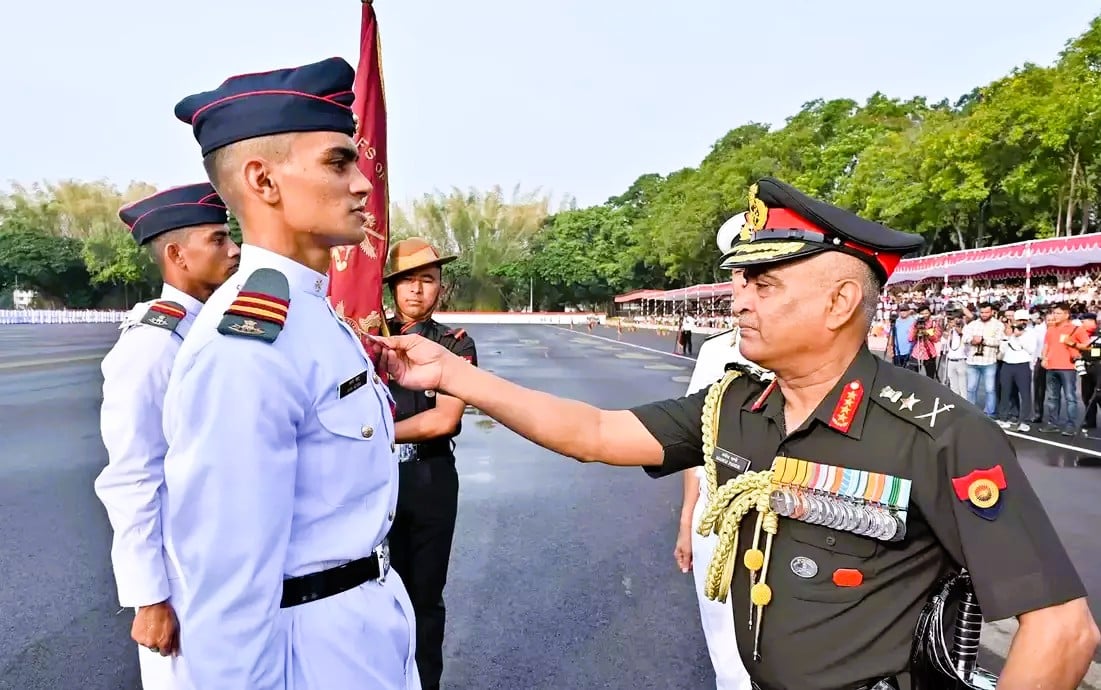The aviation world recently witnessed a significant event that has captured the attention of defense enthusiasts and military analysts alike. The Russian Sukhoi Su-57, touted as a cutting-edge fifth-generation fighter aircraft, and the American Lockheed Martin F-35, a cornerstone of modern U.S. air power, were spotted in close proximity at Aero India 2025. This event marks a pivotal moment in the ongoing rivalry between these two nations and their respective military technologies.
The Significance of Aero India 2025
Aero India, held in Bengaluru, India, is recognized as Asia’s largest aviation and defense exhibition. The 15th edition of this event is set to take place from February 10 to 14, 2025, at the Yelahanka Air Base. This exhibition serves as a crucial platform for manufacturers and defense contractors to showcase their latest innovations. The presence of both the Su-57 and F-35 at this event underscores the strategic importance of India in the global defense landscape.
Also Read: Su-57 vs F-35: Which Fighter Jet Meets India’s Air Defence Needs?
Setting the Stage for Competition
The juxtaposition of these two advanced fighter jets is more than just a visual spectacle; it symbolizes the fierce competition in the realm of military aviation. Both aircraft are designed to fulfill similar roles in their respective air forces, emphasizing stealth, advanced avionics, and superior maneuverability. This face-off not only reflects technological prowess but also highlights the geopolitical dynamics that influence defense procurement decisions in countries like India.
A Closer Look at the Su-57
The Su-57, developed by the United Aircraft Corporation (UAC), is Russia’s answer to modern aerial warfare demands. This multi-role stealth fighter is designed for air superiority and ground attack missions. Its advanced features include:
- Stealth Technology: The Su-57 incorporates stealth capabilities that reduce its radar cross-section, allowing it to evade enemy detection.
- Super Maneuverability: Equipped with thrust-vectoring engines, the Su-57 can perform complex aerial maneuvers, giving it an edge in dogfights.
- Advanced Avionics: The aircraft features cutting-edge radar and sensor systems that enhance situational awareness and target acquisition.
Russia’s Intentions in India
With the Su-57 displayed at Aero India 2025, Russia aims to rekindle its defense ties with India, especially after the latter’s withdrawal from a collaborative development program in 2018. By showcasing the Su-57, Russia is not only promoting its technological advancements but also positioning the aircraft as a viable option for India’s air force modernization efforts.
The F-35: A Pinnacle of American Technology
On the other side of the spectrum, the F-35 represents the forefront of U.S. military aviation technology. Developed by Lockheed Martin, this stealth multirole fighter is known for its versatility and advanced capabilities. Key features of the F-35 include:
- Sensor Fusion: The F-35 integrates data from multiple sensors, providing pilots with a comprehensive view of the battlefield.
- Network-Centric Warfare: Designed for interoperability, the F-35 can seamlessly operate within joint task forces, enhancing overall mission effectiveness.
- Advanced Stealth: Like the Su-57, the F-35 employs stealth technology, making it difficult for adversaries to detect and engage.
U.S. Strategic Interests in India
Lockheed Martin’s presence at Aero India 2025, despite the cancellation of demonstration flights, signals the U.S.’s commitment to strengthening its defense relationship with India. The F-35 is not merely a product for sale; it represents a broader strategy aimed at enhancing military cooperation, technology sharing, and co-development initiatives between the two nations.
The Dynamics of Global Defense Procurement
The appearance of both the Su-57 and F-35 at Aero India 2025 is indicative of the broader trends in global defense procurement. Countries like India are increasingly looking to modernize their air forces, evaluating various options to meet their security needs. This environment creates a competitive landscape where both Russia and the U.S. vie for influence and market share.
Factors Influencing India’s Decision-Making
India’s defense procurement decisions are shaped by several factors, including:
- Geopolitical Considerations: The regional security environment, particularly the rising influence of China, plays a crucial role in shaping India’s defense strategy.
- Technological Advancements: As India seeks to enhance its indigenous capabilities, the technological edge offered by foreign aircraft becomes a critical consideration.
- Strategic Partnerships: The historical military partnership with Russia and the emerging ties with the U.S. create a complex web of relationships that influence procurement decisions.
The Future of Air Combat: Su-57 vs. F-35
The Su-57 and F-35 represent the future of air combat, each with its unique strengths and capabilities. The competition between these two aircraft is not just about technological superiority; it also encompasses broader geopolitical implications.
Comparative Analysis of Key Features
| Feature | Su-57 | F-35 |
|---|---|---|
| Stealth Capability | Advanced stealth design | Superior sensor fusion |
| Maneuverability | Thrust-vectoring engines | Integrated flight systems |
| Avionics | Cutting-edge radar systems | Network-enabled operations |
| Role | Air superiority, ground attack | Multirole, close air support |
Implications for India’s Air Force
As India evaluates its options, the Su-57 and F-35 present compelling cases for different reasons. The Su-57 offers advanced capabilities that align with India’s desire for indigenous development, while the F-35 represents the pinnacle of U.S. technology and strategic partnership.
The AMCA Project: India’s Indigenous Solution
Despite the allure of foreign fighters, India is not solely reliant on external suppliers. The Advanced Medium Combat Aircraft (AMCA) project represents India’s ambitious endeavor to develop a homegrown fifth-generation multirole combat aircraft.
Objectives of the AMCA Project
- Indigenous Development: The AMCA aims to reduce dependency on foreign military hardware by fostering local capabilities in design and manufacturing.
- Advanced Features: The aircraft is intended to incorporate the latest in stealth technology, avionics, and weapon systems.
- Economic Stimulus: The project is expected to create jobs and stimulate the growth of high-tech industries within India.
Looking Ahead: The Geopolitical Landscape
The face-off between the Su-57 and F-35 at Aero India 2025 is a reflection of the evolving geopolitical landscape. As nations like India navigate their defense procurement strategies, the competition between these two aircraft will continue to shape the future of air combat.
The Role of International Cooperation
In this context, international cooperation plays a vital role. Both Russia and the U.S. are keen to establish strategic partnerships with India, offering technology transfer and co-development opportunities. This collaborative approach not only enhances India’s defense capabilities but also strengthens ties with global powers.
Conclusion: An Ongoing Rivalry
The sight of the Su-57 and F-35 just 80 feet apart at Aero India 2025 serves as a powerful reminder of the ongoing rivalry in military aviation. As both countries seek to assert their influence in the global defense market, the implications for India and its air force modernization efforts are profound.
Final Thoughts
As we look to the future, the competition between the Su-57 and F-35 will undoubtedly continue to unfold, with each aircraft vying for its place in the skies. For India, the choice between these two formidable fighters will shape its defense strategy for years to come.

